A new three minute video from Science@NASA takes a closer look at asteroid 1998 QE2 and its moon as it passed by Earth in early June.
In this movie, each of the individual images required about five minutes of data collection by the Goldstone radar. At the time of the observations on June 1st, asteroid 1998 QE2 was about 3.75 million miles (6 million kilometers) from Earth. The resolution is about 125 feet (38 meters) per pixel.
Scientists working with NASA’s 230-foot-wide (70-meter) Deep Space Network antenna at Goldstone, California, have released a new and improved movie clip of near-Earth asteroid 1998 QE2 and its moon. The 55 individual images used in the movie were generated from data collected at Goldstone on June 1, 2013.
The asteroid’s satellite, or moon, is approximately 2,000 feet (600 meters) wide, has an elongated appearance, and completes a revolution around its host body about once every 32 hours. At any point during its orbit, the maximum distance between the primary body and moon is about 4 miles (6.4 kilometers). Similar to our moon, which always points the same “face” at Earth, the asteroid’s satellite appears to always show the same portion of its surface to the primary asteroid. This is called “synchronous rotation.”
The radar data indicate the main, or primary body, is approximately 1.9 miles (3 kilometers) in diameter and has a rotation period of about five hours. This makes 1998 QE2 one of the slowest (with respect to its rotation) and largest binaries that have been observed by planetary radar. In the near-Earth population, about 16 percent of asteroids that are about 655 feet (200 meters) or larger are binary or triple systems.
Each of the individual images obtained on June 1, 2013, required about five minutes of data collection by the Goldstone radar. At the time of the observations that day, asteroid 1998 QE2 was about 3.75 million miles (6 million kilometers) from Earth. The resolution is about 125 feet (38 meters) per pixel.
The trajectory of asteroid 1998 QE2 is well understood. The closest approach of the asteroid occurred on May 31 at 1:59 p.m. PDT (4:59 p.m. EDT / 20:59 UTC), when the asteroid got no closer than about 3.6 million miles (5.8 million kilometers), or about 15 times the distance between Earth and the moon. This was the closest approach the asteroid will make to Earth for at least the next two centuries.
More information:
Asteroid 1998 QE2 was discovered on August 19, 1998, by the Massachusetts Institute of Technology Lincoln Near Earth Asteroid Research (LINEAR) program near Socorro, New Mexico.
NASA places a high priority on tracking asteroids and protecting our home planet from them. In fact, the United States has the most robust and productive survey and detection program for discovering near-Earth objects. To date, U.S. assets have discovered more than 98 percent of the known Near-Earth Objects.
In 2012, the Near-Earth Object budget was increased from $6 million to $20 million. Literally dozens of people are involved with some aspect of near-Earth object research across NASA and its centers. Moreover, there are many more people involved in researching and understanding the nature of asteroids and comets, including those objects that come close to Earth, plus those who are trying to find and track them in the first place.
In addition to the resources NASA puts into understanding asteroids, it also partners with other U.S. government agencies, university-based astronomers, and space science institutes across the country that are working to track and better understand these objects, often with grants, interagency transfers and other contracts from NASA.
NASA’s Near-Earth Object Program at NASA Headquarters, Washington, manages and funds the search, study, and monitoring of asteroids and comets whose orbits periodically bring them close to Earth. JPL manages the Near-Earth Object Program Office for NASA’s Science Mission Directorate in Washington. JPL is a division of the California Institute of Technology in Pasadena.
Image: NASA/JPL-Caltech/GSSR

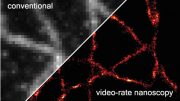
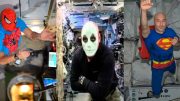
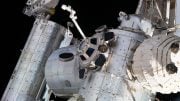
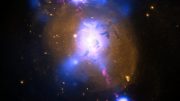
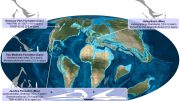
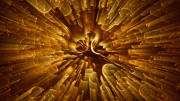

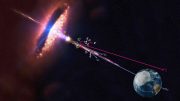
Be the first to comment on "New and Improved Movie Clip of Near-Earth Asteroid 1998 QE2"